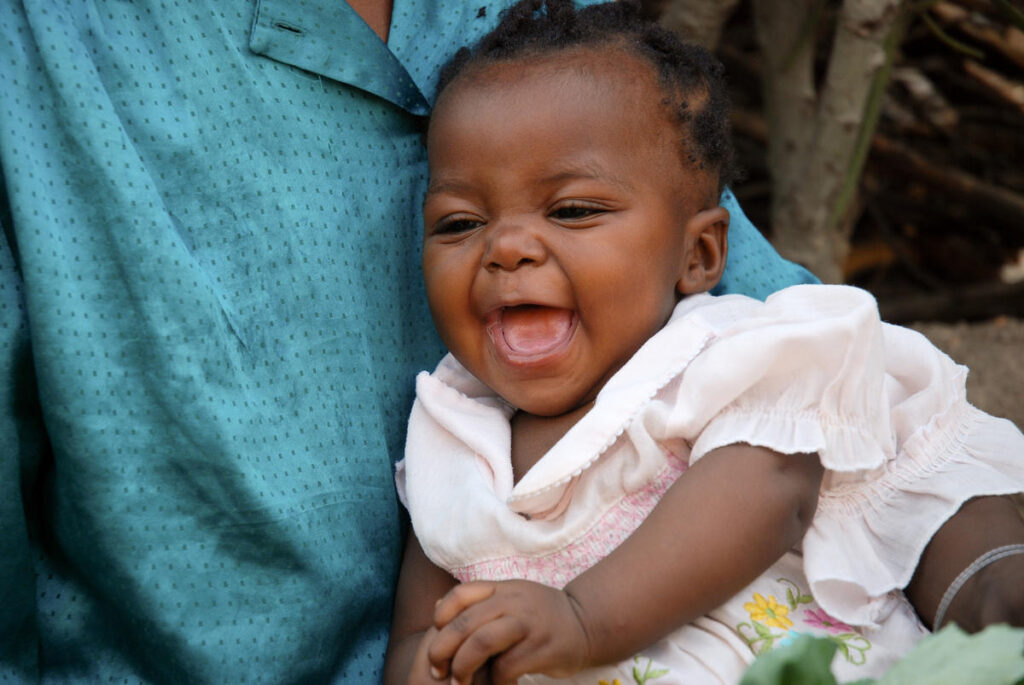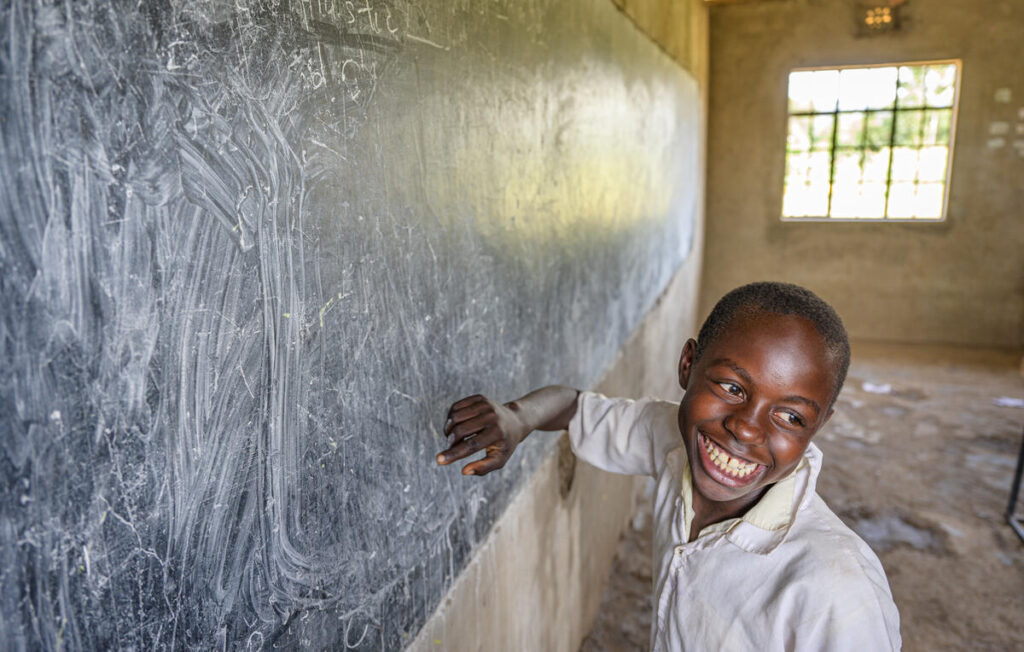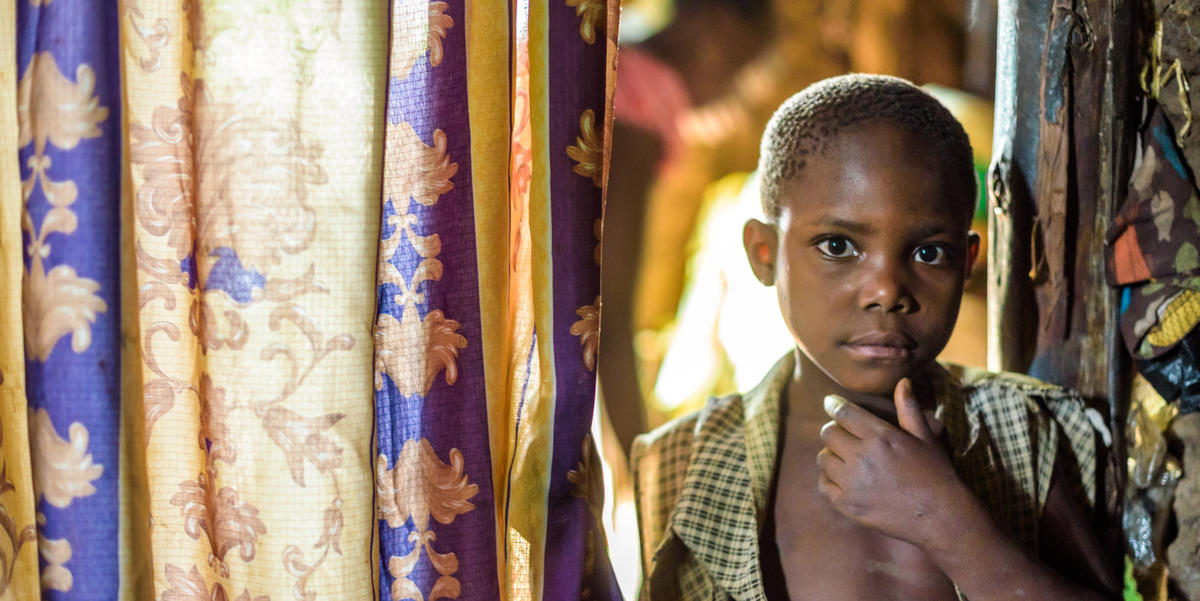Estimated read time: Three minutes
Twenty years ago, it was almost inevitable that if you were pregnant and HIV positive, your baby would be born HIV positive with a slim chance of living to age 5. And if they didn’t contract the disease at birth, they would likely contract it during breastfeeding. Thankfully, this is no longer the case. In 2003, Republican president George W. Bush, worked with Congress to create the most successful, life-saving global-health program in history, the President’s Emergency Plan for AIDS Relief (PEPFAR). PEPFAR’s innovative, target-driven, and science-based prevention and treatment programming has fundamentally changed the course of the HIV pandemic.
The current HIV/AIDS landscape
In the last two decades, PEPFAR has saved an estimated 25 million lives, and enabled more than 20 million people to access antiretroviral treatment. Since the late 90s, World Vision has been working on HIV programs in various countries around the world. We have seen firsthand the transformation these treatments can bring, especially among pregnant HIV positive women. One successful program under PEPFAR for the prevention of mother-to-child-transmission (PMTCT) of HIV has resulted in 5.5 million babies being born HIV free in the last two decades. Pregnant women are able to access HIV testing services and provided with HIV drugs if found HIV positive during routine antenatal check-ups.
The impact of PEPFAR is apparent not only in the numbers, but also in the stories of transformation. Countries like Kenya have seen a remarkable decline in the percentage of children born with HIV. This is a true testament to the dedication and impact of all those involved. Dr. John Mukabi, a World Vision Kenya staff, recently reflected on the changes he has seen in this work.
“I used to see a lot of mothers lose their babies… So, I remember that time in 2012, a woman who was there. She was one of those whose children were graduating, and they certified as HIV negative. I looked at her and she was so happy. She told me this is her only surviving child. She had lost three of them before. The last one she had lost was only 11 months of age. The child died due to multiple infections, most likely as a result of HIV infection that child got from the mother. But this time, she had a baby now who was two years old, whom she could and say ‘this is my baby who is HIV negative. She was so happy. And thanking the PEPFAR program for what they are calling magic. That one for me has remained in my memory. I will never forget it.”

Orphans and Vulnerable Children
In its commitment to not leave children behind in the HIV pandemic, PEPFAR has always set aside 10 percent of funding for orphans and vulnerable children (OVC) programs. OVC programs help target the root causes of the HIV epidemic and accelerate access to HIV testing, care and treatment and provide specific support for girls’ education. Under this programming, over 7.1 million orphans, vulnerable children, and their caregivers have been connected with critical care and support services.
One of the foundations of PEPFAR’s success has been its commitment to adaptability and innovation. For example, initiatives like the DREAMS (Determined, Resilient, Empowered, AIDS-free, Mentored, Safe) program, which empowers young women to stay HIV free, have consistently evolved to address the ongoing challenges posed by HIV/AIDs. The DREAMS program provides critical interventions such as keeping girls in school, financial support, parenting services, and violence prevention services. These interventions build adolescent and young girls’ resilience to HIV risk.
While we celebrate these achievements – and we should celebrate – there is more work to be done. Only about half of HIV-positive children currently access treatment, which is especially disturbing because half of them will die before their second birthday if they remain untreated.
PEPFAR is at a pivotal moment in the global HIV/AIDS response. In 2004, there were over 1.8 million new HIV infections every year across PEPFAR-supported countries around the globe. In 2020, in large part because of PEPFAR, new HIV infections per year have decreased by half and AIDS-related deaths have been cut by 64 percent. However, the job is not finished. Persistent gaps in HIV prevention and treatment services remain in specific countries.

As we commemorate this World AIDS Day, we’re asking Congress to reauthorize PEPFAR as simply and expeditiously as possible, ensuring the PEPFAR program remains the cornerstone U.S. global health program that bipartisan members of Congress are proud to support. With our country’s leadership, we could end AIDS around the world by 2030.
Will you use your voice to make a difference?
ACT NOW:
Top photo: Elizabeth, an 8 year old orphan, was taken in by relatives after the death of her parents and siblings from HIV/AIDS. PEPFAR works to prevent the birth of children with positive diagnoses and keep families healthy – and together. (©2016 World Vision/Jon Warren)


